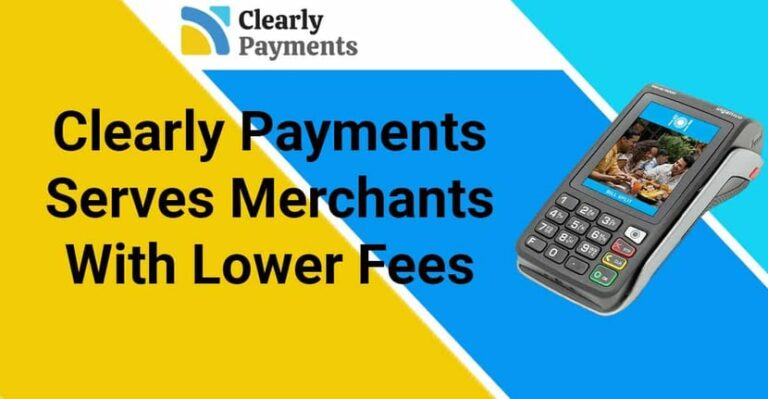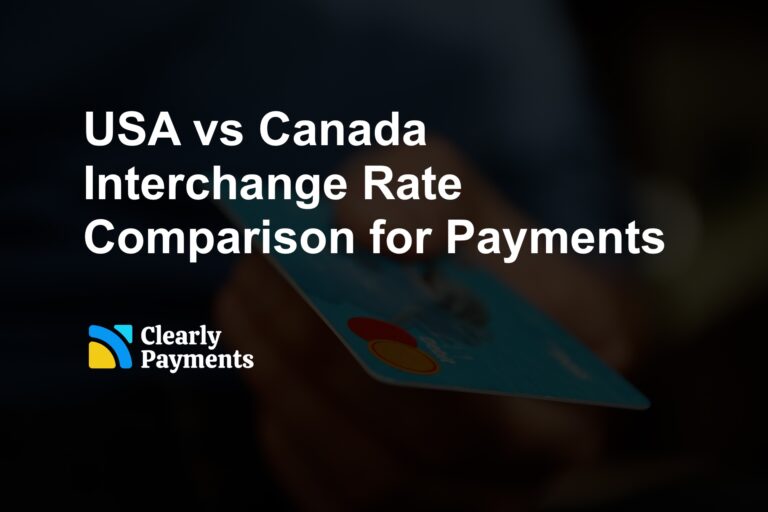It can be awkward when you’ve sold items and your customer’s credit card gets declined. The best way to deal with that situation is to have the power of knowledge. This is to provide you all the basic information you need on why credit cards get declined.
Who declines a credit card
First, let’s assume your credit card terminal has an internet connection. If there’s no connection, the transaction will get declined. It’s not the credit card that’s declined in that instance, it’s the transaction. Your credit card machine or POS terminal will likely give you a connection error notification.
When a credit card is approved or declined, it is the customers’ bank, also known as the issuing bank, that is doing it. The payment processor is simply passing the message to the merchant from the issuing bank. For a little more information on the companies involved in a credit card transaction, see the credit card industry overview.
When a credit card is approved by the issuing bank, there are a few things they check. They check that the credit card number and expiry dates are correct, the cardholder has enough credit left on their credit card for the amount, and that the card has not been flagged for any fraudulent activity.
Reasons that credit cards get declined
When an issuing bank declines a card, they typically do not provide great detail on decline reasons. They do this for security reasons. This helps avoid credit card fraud by preventing fraudsters from testing credit cards to determine the reason for the decline. If fraudsters understood all the decline reasons, they would be able to commit fraud easier by possibly reverse engineering the fraud protection system.
Insufficient funds
Most transactions get declined due to insufficient funds. Issuing banks will not always give this information, but close to 50% of all denied transactions happen because the customer didn’t have sufficient funds. Part of the reason that details are not shared is to protect the cardholders privacy. In this scenario, it is best for the customer to contact their bank.
Transaction error
The second most common reason, roughly 25% of the time, is a declined transaction due to a transaction error. This would typically mean that the cardholder entered incorrect information. For example, if the customer entered the incorrect address details in an online transaction. This error may also occur to the card being expired.




